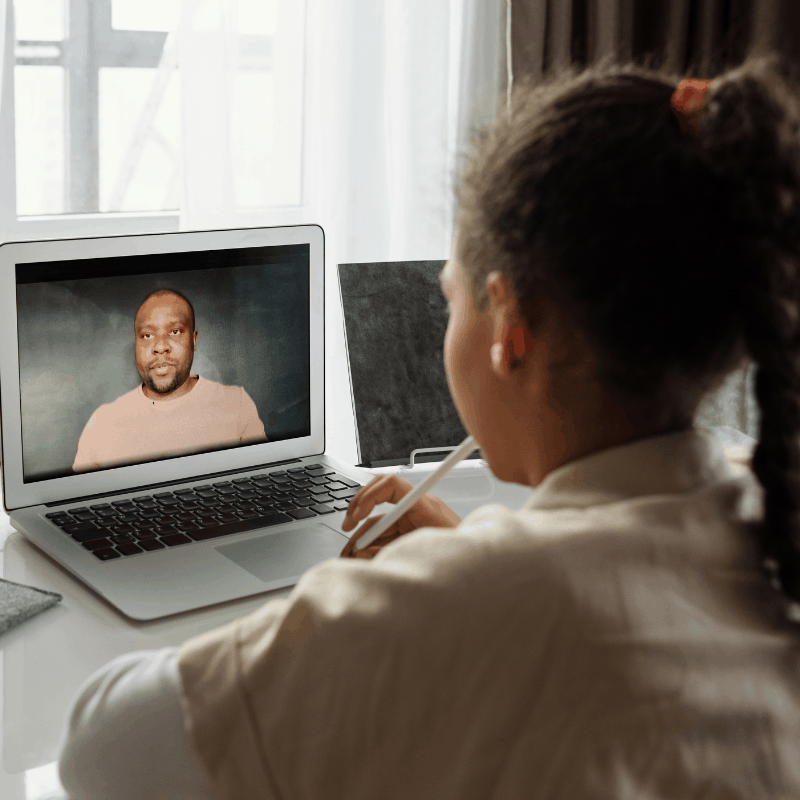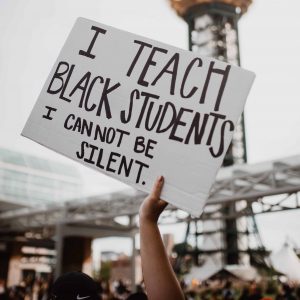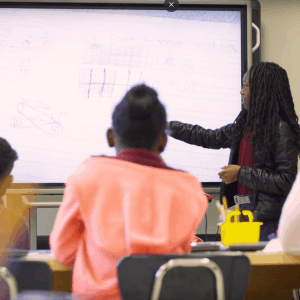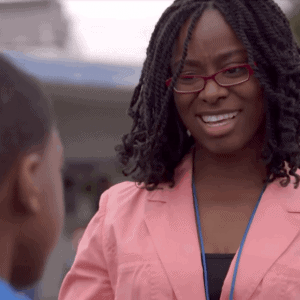
It’s easy to mistake engagement for learning. Here’s how I learned the difference.
10/27/2020

A classroom observation changed my life.
“It’s easy to mistake engagement for learning. Here’s how I learned the difference.” was originally published by Chalkbeat, a nonprofit news organization covering public education. Sign up for their newsletters here: ckbe.at/newsletters.
As a middle school social studies teacher, I took a lot of pride in coming up with ways to keep my students engaged. Like many teachers, I took those days when I could tell students were enjoying my class as a sign that my hard work and stress were worth it.
When planning, I would ask myself a simple question: “How would I want to learn about this if I were 11 or 12?” Of course, I spent time establishing routines for how class began, and paid attention to how students were responding so I could shift to my backup plan if necessary. But that central question generally led me to spending lots of time teaching with games and other activities that were fun for kids.
Then a classroom observation changed my life.

I had planned what I thought was a brilliant lesson that would feed my love for scrapbooking and get students to connect their learning about the early civilizations. I set up each table as a different cultural component of a civilization: government, geography, religion, economics, and education. There were magazines, research materials, colored pencils, scrapbooking paper, and other materials on each table. Students had to complete an activity by sharing and questioning each other.
Laughter and joy filled the room. But were they learning, or was it just “pretty”?
That was the question the assistant principal asked me as we debriefed his drop-in observation. I was taken aback. Of course they were learning … weren’t they? He asked me to look at students’ reflections to see what they were retaining. Sure enough, more of the responses were about the activity than about the content.
That’s what it took for me to truly realize that engagement and learning are not equal. After that moment, I coupled my central question — how do my students want to learn? — with a more intentional focus on what exactly I wanted them to learn. I focused on continuously checking their understanding throughout a lesson, rather than relying on their engagement to indicate their learning. When I shifted my focus to see engagement as a vehicle for learning instead of an indication of learning, my students’ performance improved as well.
I’ve been thinking about these tensions this year as I support coaches and administrators who are helping teachers plan lessons or develop an approach to teaching while so many students are learning virtually. Even before COVID-19, we were competing for students’ attention. Now, students have even more choices, so it’s tempting for teachers to explore every possible option for engaging students in virtual learning.
What my classroom needed, and what I advise now, is balance. I’ve been delivering virtual learning sessions for adults for a few years now, and I’ve learned to resist the seduction of “pretty” virtual tools and keep an eye out for feedback surveys that only mention how fun the virtual session was.
Here are a few things to keep in mind as you try to strike that balance.
- Don’t give up on finding engaging ways to teach. Ask yourself how students might want to engage in the content. Ask students before school starts, or even ask children you know who are around the age you teach. Use their feedback as a foundation for planning lessons the way students want to experience the learning. If you can, practice the lesson with a colleague or friend. Remember that the focus is on the learning.
- Be modest. Limit the bells and whistles. It takes time to teach students how to responsibly use each new digital process you introduce, and not all online learning tools boost engagement. Give students a chance to become proficient before adding more.
- Be human. Everyone is experiencing a pandemic. If your students don’t think you care about them as people, the likelihood of them engaging and learning decreases dramatically. Students want to spend time with people they think care about them. Build those relationships, even when it’s hard to find the time.
- Be reflective. Every lesson, whether real-time or self-paced, is an opportunity to reflect on how the experience moved students forward. Sometimes these aren’t giant leaps. Celebrate incremental steps and examine how you got to that point before plowing ahead. Also acknowledge that there are also times when we can’t see our success or our challenges. Set up a schedule of observers — other teachers, administrators, or friends — to observe and offer support.
I run into students often who refer to me as their favorite teacher and recall a particularly fun activity. It’s always exciting to hear their reflections, but even more exciting when they can still connect the experience to what they learned.
Precious Boyle is the senior director of program strategy at Leading Educators, and has served as a teacher, teacher-leader, dean, and principal.
Chalkbeat is a nonprofit news site covering educational change in public schools.







